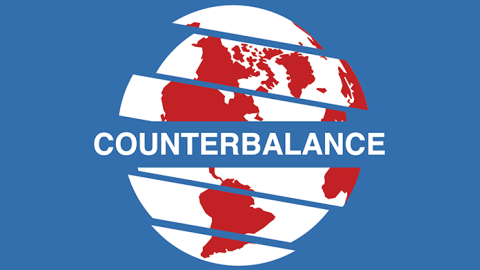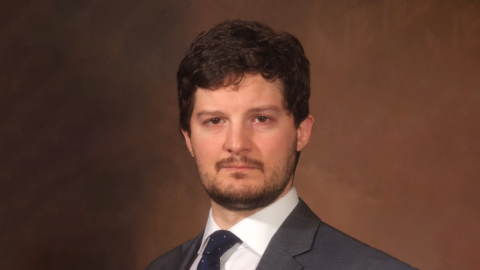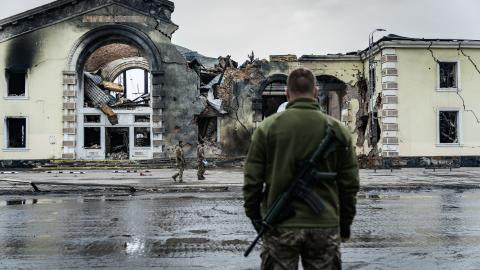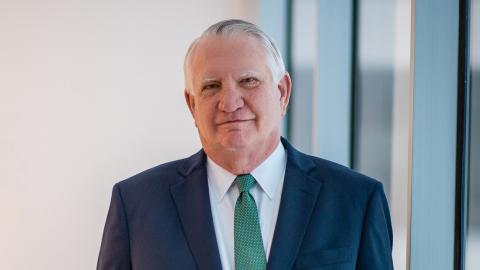Five years have passed and we can almost still hear the gnashing of teeth as then-Treasury secretary Hank Paulson watched Richard Fuld, then-boss of Lehman Brothers, take his company into bankruptcy after British regulators refused to allow Barclays to acquire the failing firm. Paulson, who used taxpayer funds to finance a $29bn dowry to facilitate the shotgun wedding of Bear Stearns and JP Morgan Chase, claimed he lacked the legal authority to repeat that bailout.
Paulson, Fed chairman Ben Bernanke and then-Treasury secretary Tim Geithner believed that the Bear deal prevented a financial implosion, while their critics contended, and still do, that the rescue of Bear exacerbated the subsequent collapse by persuading investors to continue pumping money into unsafe financial institutions, confident of a bailout if things went from bad to worse. Economists call that moral hazard.
When Lehman rattled its beggar's bowl after property investments brought it to the brink, the powers-that-be decided or were forced to (versions vary) let Lehman collapse. And they learnt that a company didn't have to be huge to bring down the system, it merely had to have tentacles that reach into every nook and cranny of the international system to cause huge disruption. Before the dust had settled, $700bn had been committed to the rescue of troubled companies, about $428bn of which was or will be disbursed.
Virtually all that money has been repaid, investors who traded through Lehman Brothers have been made whole, and taxpayers will either make a profit or suffer a trivial loss. But calling the rescue effort a success is to ignore the social cost of foreclosures: the wrecked small businesses and the economic and social consequences of mounting unemployment, with dire long-term effects on the ability of the unemployed to re-enter the labour market.
The question now is whether we have learnt enough to prevent a similar financial implosion. James Gorman, chief executive of Morgan Stanley, says: "The US financial system is in better shape than it's been in in a long time." But Alan Blinder, former vice-chairman of the Federal Reserve System, writes in The Wall Street Journal: "Far from being tamed, the financial beast has gotten its mojo back." John Vickers, the All Souls economist who chaired Britain's Independent Commission on Banking, says there is "lots of unfinished business." Former Fed chairman Paul Volcker wants regulators to prevent banks from the risk-taking associated with proprietary trading. And Sandy Weill, who constructed the Citigroup conglomerate, wonders aloud--on national television--whether it might not be a good idea to break up his creation and others like it.
Gorman is right: the system is in better shape than it was before the failure of Lehman. Banks are better capitalised, have greater liquidity, must pass periodic "stress tests" or raise more capital, and have been forced to put plans in place to cope should they hit the buffers ("living wills"). The 2010 Dodd-Frank law requires that, in the event of a bankruptcy, management will be removed, shareholders wiped out and creditors suffer losses, and that arrangements be made to permit the bank to continue performing its banking functions. Most important for taxpayers, the government is prohibited from bailing out individual banks, and needs the approval of the Treasury for broad bailouts.
So things are better--but far from where they need to be to prevent another meltdown. A handful of banks remain too big to fail, too big to jail if they stray from the straight-and-narrow, and too complex to manage--witness Jamie Dimon's inability to control JP Morgan's go-go traders when they racked up $6.2bn (£3.9bn) in losses under the noses of his executives and their regulators.
Yes, capital positions are stronger, but still not adequate. Last week Vickers told a meeting of the Regulatory Policy Institute that banks should be required to double the capital they hold as a buffer against a decline in the value of their assets. Better too much capital too soon than too little, too late.
As for Dodd-Frank, the new regulations should help. But even the best regulators are often no match for the bevy of lawyers that regulated companies can unleash to keep one step ahead of the watchdogs. The six biggest US banks have laid out more than $100bn in legal costs since the crisis, which is more than they have paid in dividends in the past five years.
Vickers' plan for ring-fencing deposit-taking from the riskier businesses in which banks engage would be a step in the right direction. The Volcker rule prohibiting banks from making bets with their own money would be another, but regulators have been fighting to define it for three years. And Republican senator John McCain is a lonely voice calling for implementing Weill's thought to force a complete separation of plain-vanilla deposit-taking and lending from investment banking.
As politicians say when they want some unpleasantness to be forgotten, "Time to move on." To higher capital requirements and ring-fencing (Vickers), to a rule preventing excessive risk-taking (Volcker), to structural separation of investment and deposit-taking by banks that have an implicit federal guarantee (Weill and McCain). Or, dare we think it, to breaking up the big banks. Smaller banks would create less systemic risk, and allow managers to pay more attention to the quality of the loans they make. My own experience in industries from electricity and gas supply to telecoms suggests that structural reform might accomplish what regulation might not--reduce the likelihood of another financial catastrophe, and at acceptable cost.
Oh, yes. The time during which the government can file charges against Lehman executives expires at the end of this month. No such charges will be filed.















